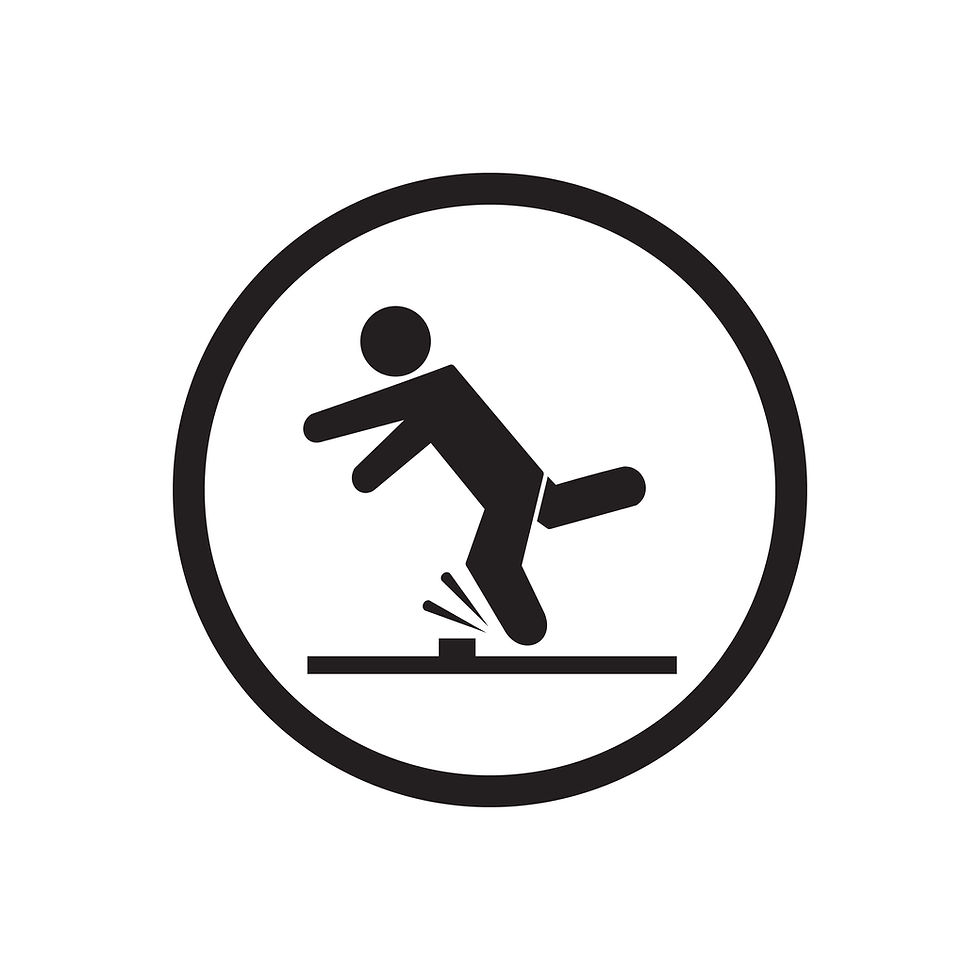The “Open and Obvious” Defense: A Double-Edged Sword in Premises Liability Cases
- Patrick DiFilippo

- Aug 11, 2025
- 2 min read

In California premises liability cases, one of the most common defenses property owners and their insurance companies raise is the “open and obvious” doctrine. The idea is simple: if a hazard was so obvious that a reasonable person would have noticed and avoided it, the property owner may not be responsible for injuries it caused. But in practice, this defense often creates a strange contradiction—one that can work against the very party raising it.
On the one hand, the more dangerous and glaring the hazard, the more the property owner should have done to fix it. A large pothole in a store parking lot, a gaping hole in a walkway, or a broken stair covered in splintered wood are exactly the kinds of conditions that scream for immediate attention. California law recognizes that property owners have a duty to maintain their property in a reasonably safe condition, and the greater the hazard, the stronger the case for negligence.
On the other hand, the “open and obvious” doctrine encourages the opposite argument: the bigger and more visible the hazard, the more blame should be placed on the injured person for not avoiding it. In other words, defendants often claim the condition was so significant that “anyone” would have seen and avoided it, so the injured party must bear the responsibility for their own injury.
Here’s where the defense often tries to walk a fine line—and sometimes trip over it. It’s not uncommon to see a defendant argue in the same case that the hazard was insignificant enough to be harmless, yet so significant that it was open and obvious. These two positions are logically inconsistent. A hazard can’t be both too minor to matter and so large and dangerous that no one could possibly miss it. Juries tend to notice when defendants try to have it both ways, and courts have long recognized that obviousness is not an absolute shield from liability, especially when the property owner should have anticipated the risk despite its visibility.
At the end of the day, the open and obvious defense can be a double-edged sword. The more visible and dangerous the hazard, the stronger the argument that the property owner was negligent in allowing it to exist at all. And the weaker the hazard, the less persuasive it is to argue that it was so obvious that the injured person should have avoided it. For plaintiffs, pointing out this contradiction can be a powerful way to turn the defense’s own strategy against them.
CONTACT PHILLIPS & ASSOCIATES TODAY
If you or a loved one has been injured in a trip and fall accident, contact Phillips & Associates at (818) 348-9515 for a free consultation today. You will immediately be put in touch with John Phillips or Patrick DiFilippo, who can help determine whether you have a case and advise you on the best course of action moving forward.



Comments